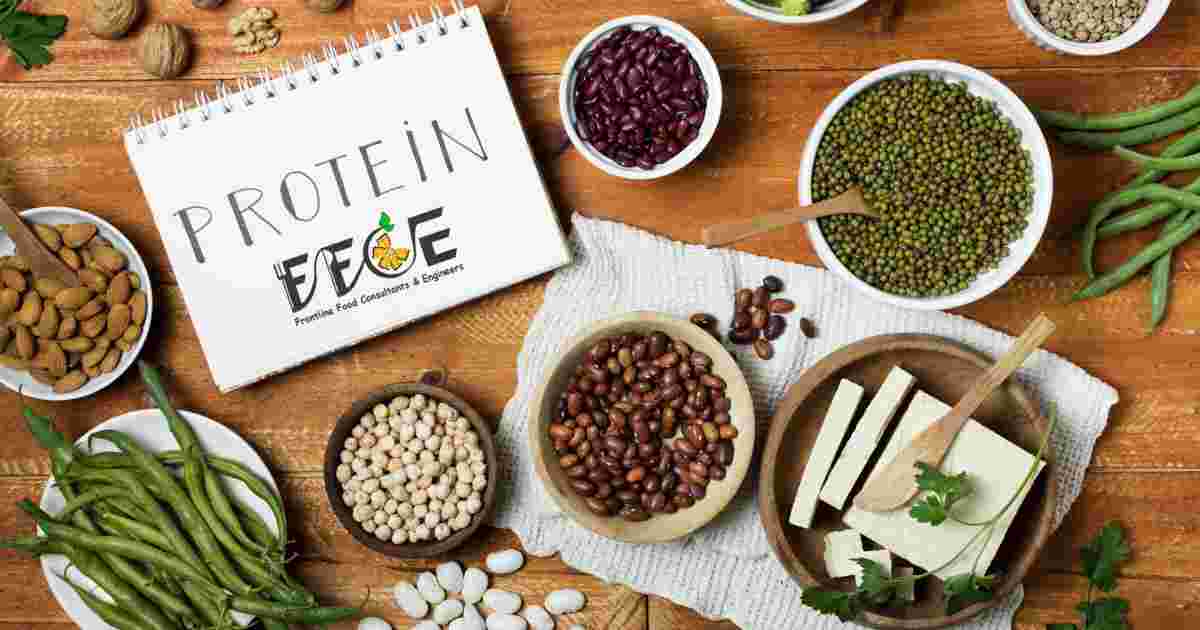The Indian dairy industry is one of the largest and fastest-growing globally, with milk and dairy products considered staples of everyday nutrition. Consumer attitudes have started to shift toward consuming hybrid dairy products – foods that blend traditional dairy and plant ingredients or enhanced functional ingredients. The current opportunities correspond to the addition of healthy, clean and innovative dairy formats, an exciting opportunity for established and new players in the Indian food space.
Hybrid Dairy Products: A Definition
- Hybrid dairy products are novel combinations of plant-based substitutes (with sources including soy, oats, almond, coconut or pea proteins) or enhanced functional components (with potential improvements including prebiotics, omega-3’s, nutritional fibers, or natural sweeteners) with milk bases (e.g., cow, buffalo, camel).
- Here are some examples:
- Hybrid yogurt – are dairy/oats/soy based yogurt for a creamy feel and additional fiber.
- Hybrid ice creams – which are based on dairy cream plus almond or coconut milk, for a lighter overall profile.
- Hybrid cheeses – which have added plant oils or proteins for improved nutrition with less saturated fat.
- Hybrid protein drinks – which are whey proteins combined with plant proteins for a complete amino acid profile.
Technical Aspects of Hybrid Dairy Product Development
1. Problems with Formulation
- Protein compatibility: The solubility, pH stability, and heat stability of plant proteins and dairy proteins (casein and whey) vary. Lipids: Lipids can actually show altered functionality when treated at different stages of development into fat phase specs. Sometimes we do require emulsifiers and stabilizers such as locust bean gum, carrageenan, and maltodextrins.
- Flavor masking: Most plant proteins come with earthy, beany overtones from the plants they were obtained from. The sensory acceptability of the plant proteins could be improved through fermentation processes, enzymatic hydrolysis, or by adding natural flavorings.
- Fat phase: We need to use plant oils (coconut, sunflower, canola, etc.) to achieve (appropriate) melting behaviours and mouthmouthfeel of dairy fats on a lipid spec.
2. Technologies for Processing
● UHT/HTST Although hybrid systems can have problems with protein precipitation and denaturation, pasteurization is essential for microbiological safety.
● Homogenizing: For both animal and plant proteins, high-pressure homogenizing would help to emulsify and distribute fat and protein components.
● Fermenting: Live cultures such as the Bifidobacterium, Lactobacillus are mostly included in the hybrid yogurt and beverage formulations.
● Spray drying and encapsulation: protein formulations for blends and hybrid milk products in encapsulated format may protect nutrients (e.g., probiotics, omega-3s) from degradation during processing.
3. Shelf-Life Stability
- Hybrid products are susceptible to phase separation and sedimentation due to differences in protein isoelectric points. Hydrocolloids should help, and fat globule size and proper packaging (using aseptic PET bottles, for example, rather than glass bottles or Tetra Pak using sterilized filling machines, etc), will aid to make the system more stable.
- Additionally, regarding the way plant oils in hybrid products are sensitive to O2, consider modified atmosphere packaging (MAP) or an antioxidant in the product (such as vitamin E, rosemary extract, etc.).
4. Regulatory and Safety Considerations in India
- FSSAI Guidelines: The requirement of clear labeling for all products is especially important because the products combine dairy and plant bases. Statements on product attributes such as “lactose-friendly” or fortified must be FSSAI compliant.
- Allergen labelling: Because plant-based ingredients can contain soy, nut or gluten-based components, those conditions must be labelled for consumer health safety.
- HACCP / FSMS requirements: Hybrid systems require additional consideration for microbial hazards and additional steps in monitoring for the microbial safety of plant-based ingredients as they can amend the localized microbial contaminants.
Market Environment and Consumer Trends
- Health-conscious consumers: Hybrid dairy is meeting
- Flexitarian diets: The flexitarian cohort, or first-time consumers of hybrids, is growing as consumers seek balance—not fully vegan diet, but willing to explore blends.
- Premiumization: Urban India, particularly with rising disposable income, yearns for artisan and functional hybrids like high-protein yogurt and oat-based dairy beverages.
- Flavours and innovation: Global influences are also in the blend with exciting offerings like matcha dairy products, almond and cow milk lattes, or turmeric and plant dairy products.
Role of Food Consultants like FFCE
- Working with a hybrid dairy product in India requires the right technical and regulatory expertise. Here is where food consultants such as Frontline Food Consultants and Engineers (FFCE) can be invaluable:
- Product formulation & R&D: Creating stable dairy-plant protein matrices, optimizing flavor, and adding functional fortification.
- Process design & machinery selection: Helping manufacturers choose the UHT, homogenization, fermentation and spray dry equipment to successfully create hybrid products.
- Quality & Safety Compliance: Creating and implementing a HACCP plan, FSMS and FSSAI compliant labels and nutritional claims.
- Shelf-life studies: Conducting accelerated shelf-life tests and stability studies.
- Market entry strategy: Advising new and established brands on the successful placement of hybrid dairy products in the crowded FMCG space in India.
Future Outlook
There is a considerable opportunity to grow the hybrid dairy sector in India with the advent of:
- Hybrid protein powders & sports nutrition drinks.
- Gut-friendly probiotics in hybrid yogurt formats.
- Low-fat hybrid cheeses in quick service restaurants and retail.
- Hybrid dairy desserts (e.g., kulfi-style, which is made from a coconut base, paneer-based on an almond milk blend).
- Export opportunities: Indian companies can target export of hybrid dairy categories to Middle East and Southeast Asia, where flexitarianism is greatly increasing.
Conclusion
Hybrid dairy product portfolios present a mix of tradition and innovation that provides all the nutritional goodness of milk products with the sustainability and functionality of plant-based ingredients. The mash-up of nutrition and sustainability meets changing consumer preferences in India, and companies entering the hybrid dairy space will have vast opportunities for growth potential. Using a food consultant like FFCE can help entrepreneurs to manage their technical challenges, regulatory issues, and sensory attributes to help them tremendously with entering the market place to gain long-lasting consumer acceptance.




